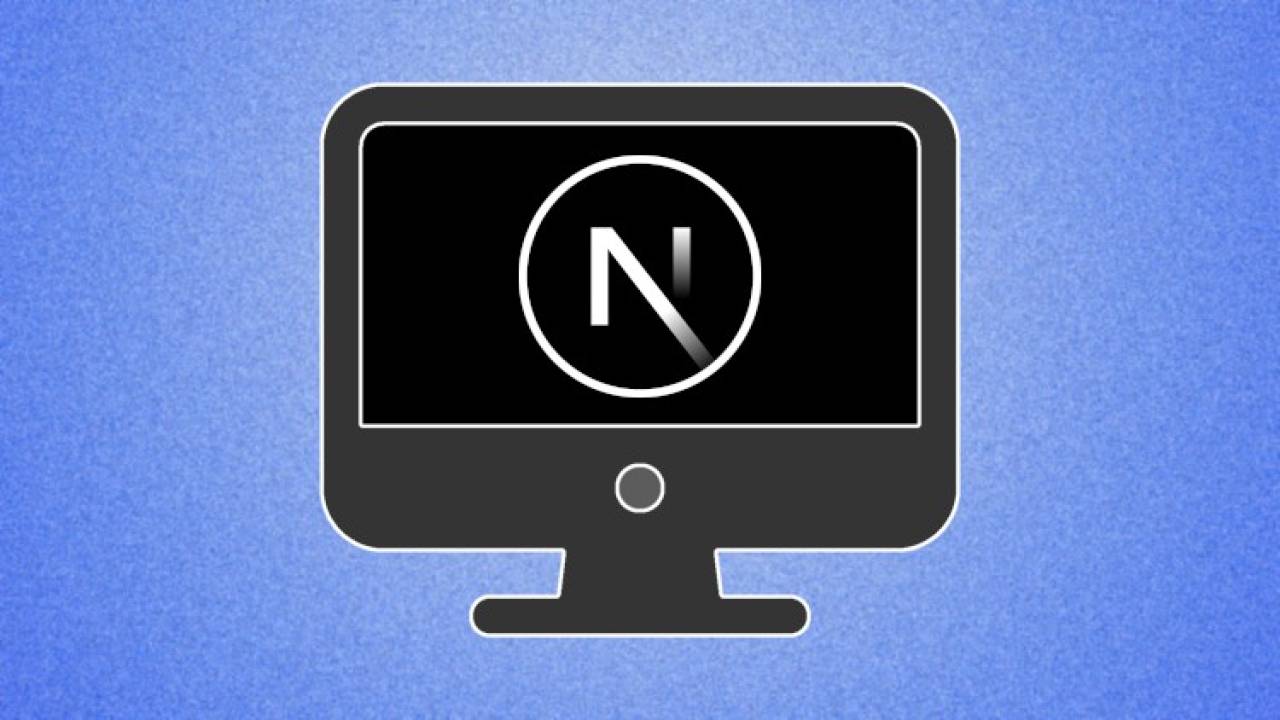
Udemy - Next.js by Example
| Category | : | Others |
| Language | : | ENGLISH |
| Total Size | : | 1.81 GB |
| Uploaded By | : | modarator |
| Date uploaded: | : | 24 May 2024 |
| Last Update | : | 24 May 2024 |
| Total View | : | 13 |
Next.js by Example
Develop static and full-stack web applications with React and Next.js 14. Includes Tailwind CSS, Strapi CMS, Prisma ORM.
What you'll learn
-
Develop web applications with Next·js
-
Style components with Tailwind CSS
-
Build fully static websites or full-stack applications
-
Fetch data from a remote API such as a Headless CMS
-
Integrate with an SQL database using the Prisma ORM
-
Implement Authentication with Cookies and JSON Web Tokens
Requirements
-
Familiarity with modern web development: HTML, CSS, JavaScript, npm
-
Familiarity with React, including the useState and useEffect hooks
Description
Update: the course now also covers Server Actions, made stable in Next.js v14 (released Oct. '23), in addition to the other App Router features stable since Next.js v13.4 (May '23). The first 13 hours explain the App Router, and the rest the older — but still supported — Pages Router.
Dubbed as “The React Framework for the Web”, Next.js makes it easy to build highly optimized web applications by server-side rendering React components.
This course will guide you through learning Next.js by developing a complete project step by step.
Part I will show you how to use Next.js as a Static Site Generator, prerendering all your pages to static HTML, CSS, and JavaScript.
This will teach you fundamental Next.js concepts such as file-based Routing, Prerendering, React Server Components, the differences between Server and Client Components, and how to fetch data in Server Components.
It will also use the popular Tailwind CSS framework for styling, demonstrate how to embed Custom Fonts into your application, and how to make your pages more SEO-friendly with metadata.
The Deployment section will present you the various options for running your application in production, from using a fully-managed platform like Vercel to performing a Static Export that can be uploaded to any web server.
Part II will show you how to use Next.js as a Full-Stack Framework, enabling features such as Dynamic Rendering, Time-based Revalidation, and On-demand Revalidation.
It will use a Headless CMS — Strapi — to store data, and demonstrate how to call its REST API from the Next.js app, and the various options for updating the frontend pages when the data in the CMS changes.
It will also cover Image Optimization, showing how Next.js can convert and resize your images on-demand, and enable lazy-loading by the browser.
It will then demonstrate how to integrate third-party UI components in your app, and when it can still make sense to use Client-Side Data Fetching.
Part III provides an example of Database Integration, using the Prisma Object/Relational Mapper and an SQL database. It then explains how to process form submissions with Server Actions, and how to optimize page loads use Streaming and Suspense.
The final part adds Authentication, showing how to implement a typical Sign In flow using Cookies and JSON Web Tokens, store users' data in a database table, and restrict content to authenticated users.
You can follow the example using either JavaScript or TypeScript. The full source code is provided, with an easy way to see the changes made in every lecture.
Who this course is for:
- React/Web developers who want to build static or full-stack web apps with Next·js


